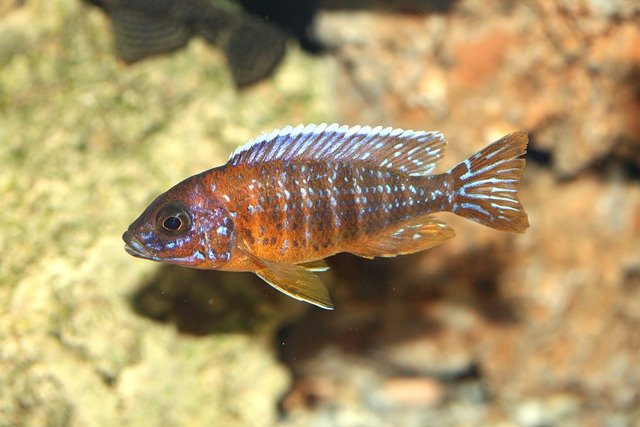Washington/Boston (dpa) – According to a study, there is no publicly available data for about three-quarters of all trips made by large fishing vessels. This is the result of an analysis of satellite images from the period 2017 to 2021. The detected activities could provide evidence of possible poaching, a research team led by Fernando Paulo from the non-profit Global Fishing Watch wrote in the journal Nature. For comparison: For transport ships, only about a quarter of all voyages can be tracked.
“More than one billion people depend on the sea as a primary source of food, and 260 million people work in global marine fisheries alone,” the study authors wrote. However, many marine life stocks are considered to be overfished, including through illegal fishing.
Since 2000, the Automatic Identification System (AIS) has been a binding standard of the International Maritime Organization (IMO), which aims, among other things, to improve the safety of maritime transport. However, not all ships are required to use AIS devices because regulations vary by country, ship size and activity. The AIS can also be turned off, for example to conceal illegal fishing.
To get a more complete picture of human activity at sea, Paolo and his colleagues analyzed 67 million fragments of satellite images. From this, the team created maps with a resolution of 15 to 20 metres, through which they were able to identify different objects in the oceans – from ships to oil rigs to wind turbines. By comparing it to publicly available AIS data, the authors then identified ship sightings where AIS systems were not used.
In Asia, industrial fishing is more widespread
If you just look at the AIS data, you will find that fishing activities off European coasts are almost the same as those off Asian coasts. However, satellite data show that industrial fishing across Asia is significantly more widespread. Accordingly, Asian fishing fleets account for about 70 percent of all fishing vessels worldwide. In the waters surrounding China alone, these vessels represent about 30% of the world's vessels.
In a commentary also published in Nature, Konstantin Klemmer of Microsoft Research New England in Cambridge and Esther Rolfe of Harvard University in Boston (both in Massachusetts) write that the new maps enable a more comprehensive inventory of human activity at sea. since when.
© dpa-infocom, dpa:240104-99-489901/3

“Alcohol buff. Troublemaker. Introvert. Student. Social media lover. Web ninja. Bacon fan. Reader.”







More Stories
Behavioral scientist: Curiosity enhances biodiversity
Science: Microplastics from ships and the sea: investigation in the North Sea
Bad neighbors of tomatoes reduce the harvest